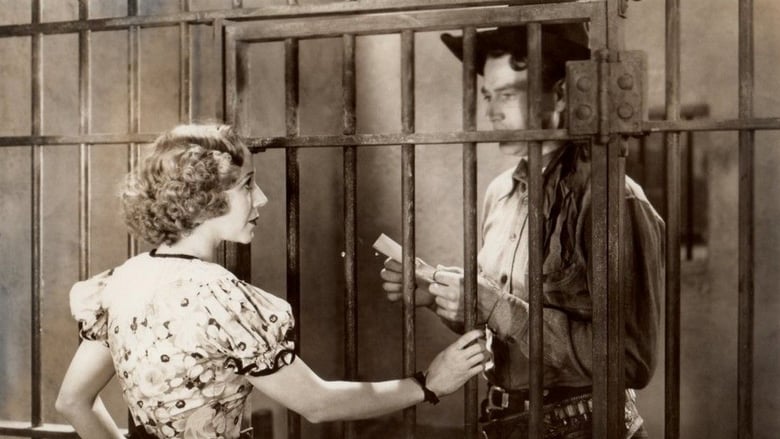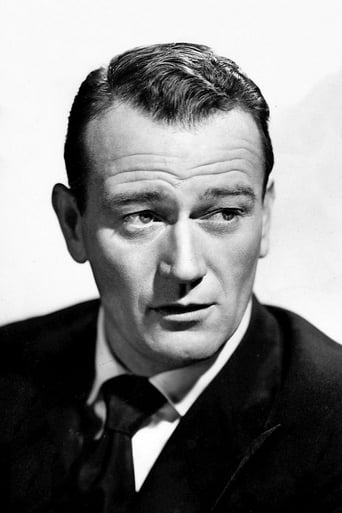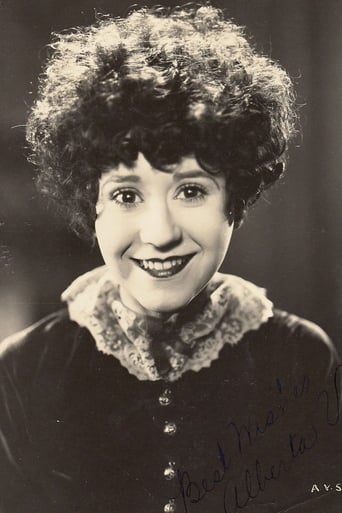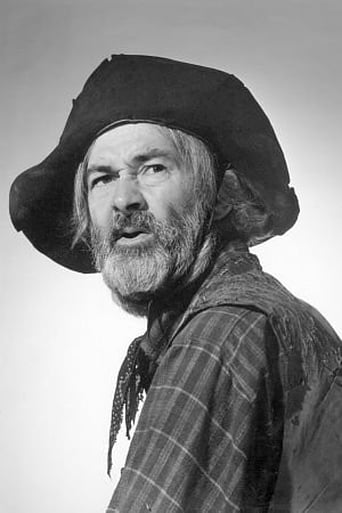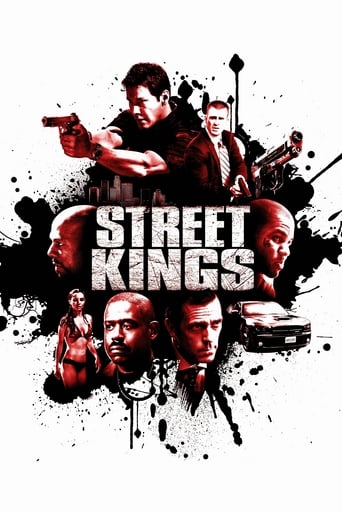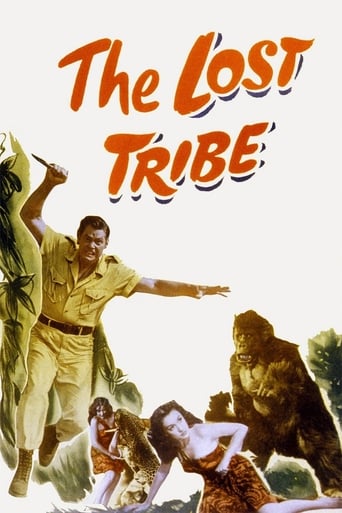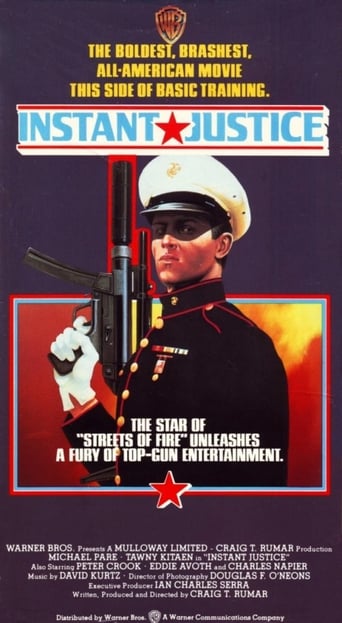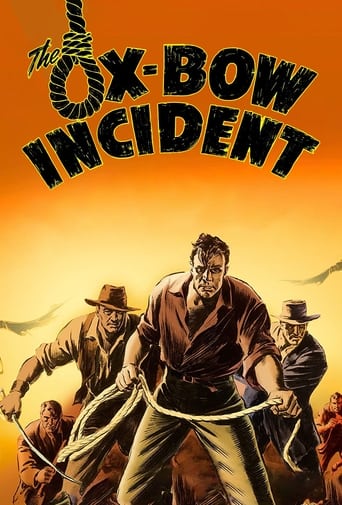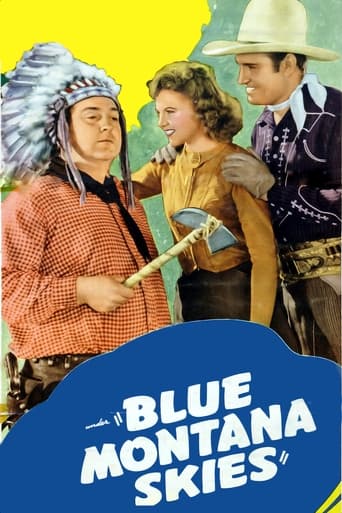Randy Rides Alone (1934)
Bandits lead by Matt the Mute enter a bar and kill multiple people. Randy Bowers comes to town and is framed by Matt the Mute, who is working with the sheriff (who doesn't know Matt is really a criminal). Randy escapes with the help of the niece of the dead owner of the bar. Bowers ends up running from the sheriff, and ends up in the cave in which the bandits have their hide-out…
Watch Trailer
Cast
Similar titles
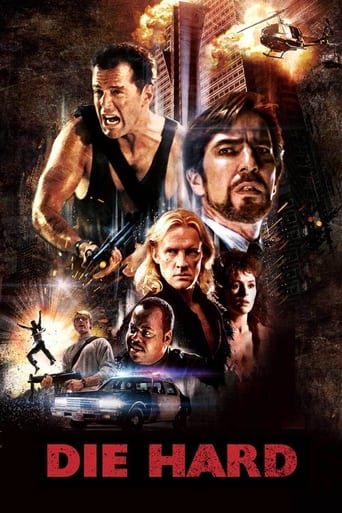
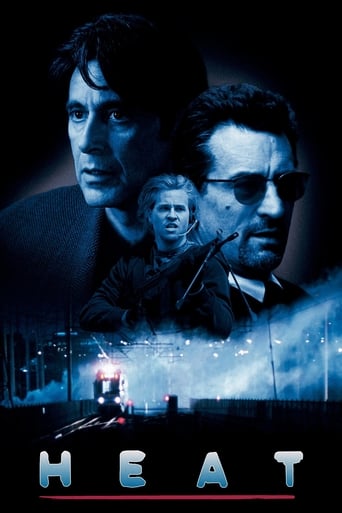
Reviews
Am i the only one who thinks........Average?
Instead, you get a movie that's enjoyable enough, but leaves you feeling like it could have been much, much more.
The film never slows down or bores, plunging from one harrowing sequence to the next.
This is a dark and sometimes deeply uncomfortable drama
Don't be deceived by the re-issue poster which prominently features George "Gabby" Hayes (sic). Oh, Hayes is in the movie all right. In fact, he plays two key roles, but neither is a "Gabby". One is the very reverse – a mute who writes copious notes on scraps of paper. You won't recognize the other "Gabby" either. Nevertheless, Hayes is excellent in both roles, and part of the reason for wanting to see this film is to enjoy George Hayes's dual, offbeat performances. John Wayne fans, however, are going to be a bit disappointed. True, he's in good form but, despite the fact that he's playing the title character, he isn't in the film for long stretches. Therefore, as you might expect, there's not a great deal of action and what there is – a couple of chases from fixed camera positions and a tame fist fight with Yak Canutt – is not all that inspiring, thanks to Harry Fraser's dull direction. Even the locations fail to impress – aside from the waterfall into which Yak, doubling for Wayne, does a spectacular dive! Still the story and its characters are mildly intriguing – and everyone remembers the chilling and really weird opening sequence. In fact, this is the most effective scene in the movie. The heroine is a bit of a write-off – and she has a large part too! Aside from Hayes, and perhaps Canutt, the support cast is totally uninteresting. However, all in all, although not one of Wayne's most exciting Lone Stars, "Randy Rides Alone" does have its points of appeal.
Above average fare from the Lone Star crew of worthies-- Hayes, Canutt, Dwire, and of course Wayne. Lindsley Parsons did several scripts for Wayne and Lone Star, but this one's arguably his best. Wayne's an undercover agent on the trail of an outlaw gang whose latest robbery ends in a massacre of saloon patrons and staff. The opening is a grabber as the camera surveys the corpse strewn floor, while a player piano bangs away in the background, eyes peer from holes in a painting, and a secret panel opens. The outlaw gang has a neat hideout in a hollow behind a waterfall. Their digs even includes, of all things, its own jail where the leading lady ends up! Some good hard riding, including (alas!) a trip-wire spill that looks dramatic, but I wonder if the horse survived. Canutt comes up with usual spectacular stunt as Wayne takes a fall from a ladder high up a rock face. Can't help but notice that Alberta Vaughn looks much too young to stack up as an adult leading lady, but manages okay in the acting department. The movie's unusual for rare use of a miniature as a special effect. It's pretty well done and money well spent since the ending makes unexpectedly good use of it. All in all, it's good clean fun, as they used to say.
There were many 'spooky' westerns made in the 30s and early 40s, and although this has a strong beginning, it isn't one. Randy Bowers (John Wayne) stopping at a 'Halfway House' saloon, finds it to be full of dead bodies, the bartender's corpse draped over the bar holding a gun, eyes watching Randy from behind holes cut through eyes in a picture, and a player piano playing "The Loveliest Night of the Year." It was the result of a robbery by the Marvin Black gang, to get Ed Rogers' $30,000. Randy is an investigator who "works alone," who wastes little time in getting arrested, escaping (with Ed's daughter Sally's help) and literally landing in the midst of the Black gang's hideout behind a waterfall. It all moves along fairly quickly. Only one too many chases after Randy slow it down.We even get George Hayes, clean shaven and playing two parts-- Marvin Black, the vilest villain, as well as the Good Citizen, Matt the Mute, who communicates via handwritten messages. Having him play two opposite roles was a good idea, but the writing down of messages thing gets old real fast, even for him, as he finally gives up doing it near the end saying to Sally, "Ah, I'm fed up with this!" You can find George playing a vile, vile, double crossing villain in the serial "The Lost City" (1934).I think this is the only 'Lone Star' film in which the title relates to, or is mentioned in the film! Sally offers her hand to Randy and says, "He's not alone anymore!" Then cut to their arms around each other as they look out facing a lake. Sally's running off with Randy seems too abrupt and not sufficiently prepared for. Too much time spent on horseback escaping the sheriff.Not that bad considering everything, but not that great either. I'd really give it a 4 and a half.
John Wayne made a slew of B Westerns for major and minor studios in the '30s before he hit it big with "Stagecoach" in 1939 for RKO. This was made for Monogram, a minor studio, and directed by Harry Fraser, a quirky director who spent his entire career grinding out B (and D, and Z . . . ) movies for long-forgotten studios like Resolute, Atlantic, PRC and Screen Guild. Working at a cheapo studio like Monogram would be considered the start of a downward slide for most directors; for Fraser it was a step up the career ladder, and he was ready for it. This could well be called one of, if the first, gothic Westerns; such things simply did not exist in 1934. It's eerie, atmospheric and has an especially shocking (for the time) opening scene. Randy (Wayne) rides into town after a long, dry trip and stops by the local saloon to wet his whistle. As he approaches it, he hears the tinkle of a piano coming from inside. Entering the establishment, however, he's greeted by a grisly sight: the piano is a player piano running by itself, and there are dead bodies lying everywhere. This film shows what can be done with almost no money but a lot of imagination and talent. This kind of movie wouldn't have been made at any of the big studios, but the independents could get away with a lot of things the majors couldn't (and wouldn't) do. This is an extremely offbeat, well done little film, not at all like Wayne's other westerns of the period. It's too bad Harry Fraser was never able to capitalize on the success of this movie (reportedly it made quite a bit of money and Wayne got along especially well with him); it would have been interesting to see what he would have been capable of with a bit more money and some major studio backing. Instead, he stayed pretty much where he was and ended his career making trash like "The White Gorilla" and "Chained for Life", about a murder committed by Siamese twins (!). Sorry, Harry.

